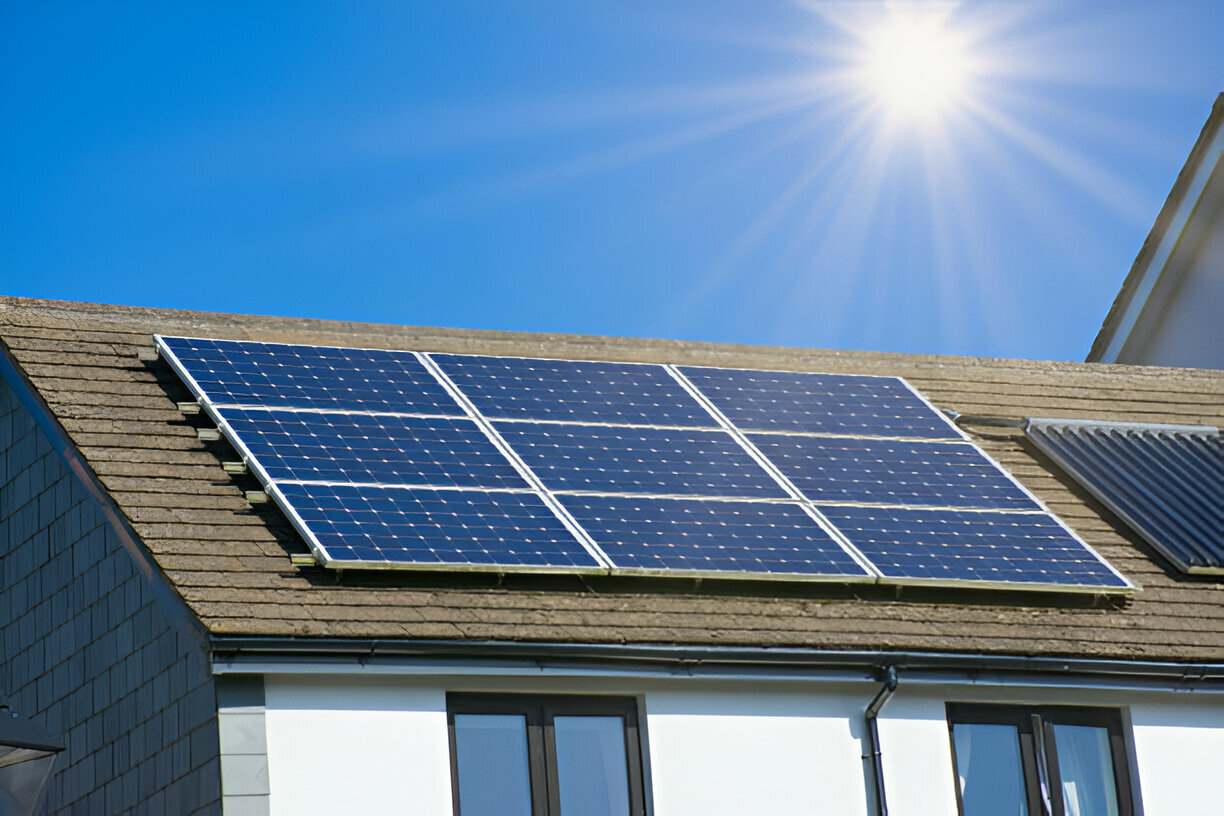Maximizing Solar Power: 5 Essential Best Practices for Rooftop Panel Installation
Installing solar panels on your roof is an excellent way to harness clean, renewable energy and reduce your carbon footprint. However, proper installation is crucial for maximizing the efficiency and longevity of your solar energy system.
This blog post will explore five essential best practices for installing solar panels on your roof, helping you make the most of your investment in sustainable energy.
Assess Your Roof’s Condition and Suitability
Before installing solar panels, it’s crucial to evaluate your roof’s condition and suitability. Start by inspecting your roof for any damage, such as leaks or structural issues, and address these problems before proceeding with the installation. A sturdy, well-maintained roof is essential for supporting the weight of solar panels and ensuring their longevity.
Consider factors like your roof’s age, slope, and orientation when determining its suitability for solar panels. South-facing roofs with a slope between 15 and 40 degrees are generally ideal for maximizing sunlight exposure in the Northern Hemisphere. I
f your roof doesn’t meet these criteria, don’t worry – alternative solutions may still be available to optimize your solar panel performance.
Optimize Panel Placement and Orientation
Proper solar panel placement is key to maximizing energy output. Position them for maximum sun exposure, avoiding shade from trees or buildings. Adjustable mounts can help optimize tilt angles for better sunlight capture.
Pay attention to the spacing between panels to ensure adequate airflow, which helps maintain optimal operating temperatures. Additionally, consider the aesthetic impact of panel placement on your home’s appearance. Strive for a balance between maximizing energy production and maintaining your property’s visual appeal.
Ensure Proper Mounting and Weatherproofing
Secure mounting and weatherproofing are crucial for solar panel longevity and performance. Use durable, solar-specific hardware to withstand strong winds and environmental factors. Follow manufacturer guidelines and local building codes when installing brackets and rails to ensure a safe, lasting setup.
Pay special attention to weatherproofing around roof penetrations to prevent leaks. Use appropriate flashing and sealants to create a watertight seal around mounting points.
Consider working with a professional installer who has experience in proper mounting techniques and weatherproofing methods to ensure the integrity of your roof and solar panel system.
Plan for Efficient Wiring and Electrical Connections
Proper wiring and electrical connections are crucial for the safety and efficiency of your solar panel system. Design your wiring layout to minimize voltage drops and energy losses. Use appropriately sized cables and connectors that can handle the system’s voltage and current requirements.
Ensure all electrical connections are secure and protected from the elements. Install a proper grounding system to protect against electrical faults and lightning strikes. It’s highly recommended to work with a licensed electrician who is familiar with solar installations to ensure compliance with electrical codes and safety standards.
Implement a Monitoring and Maintenance Plan
To maximize the long-term performance of your solar panel system, implement a comprehensive monitoring and maintenance plan. Install a monitoring system that allows you to track your energy production and detect any performance issues early on. Regularly check your system’s output to ensure it’s operating at peak efficiency.
Develop a maintenance schedule that includes periodic cleaning of the panels to remove dirt and debris that can reduce efficiency. Inspect your system for any signs of damage or wear, such as loose connections or degraded components.
Consider partnering with a reputable solar maintenance service to perform annual check-ups and address any issues promptly.
Conclusion
By following these best practices for installing solar panels on your roof, you can ensure a safe, efficient, and long-lasting solar energy system. From assessing your roof’s suitability to implementing a robust maintenance plan, each step plays a crucial role in maximizing the benefits of your solar investment.
Remember, while DIY installation is possible, working with experienced professionals can help you navigate complex aspects of the installation process and ensure optimal results. Embrace these best practices, and you’ll be well on your way to enjoying clean, sustainable energy for years to come.

